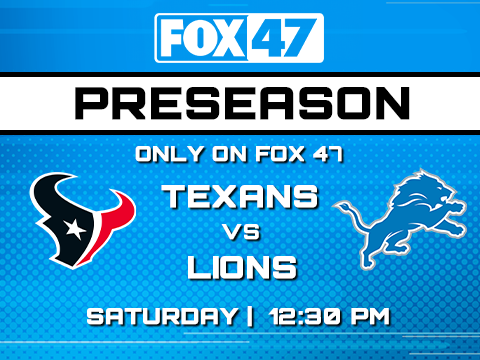DENVER – Beyond eggnog, fruit-cake and decorating with white or multi-colored lights, there’s an age-old holiday debate brewing.
Do you put up a real tree for Christmas, or an artificial one?
Artificial trees have been around since the 1930s thanks to a company called Addis Brush, whose invention of artificial trees gained popularity with homeowners as their trees could hold heavier ornaments and were less flammable.
However, people like Pete Elliot, whose family has been in the Christmas tree-selling business since 1965 in Denver, believes firmly that real trees are the way to go.
“It’s a get-the-family-out kind of thing,” Elliot said. “It’s about that tradition, and coming out to pick your tree, there’s nothing better than that bonding time.”
Whether you are a real tree person, or an artificial tree person, there are pros and cons to both sides.
Advantages of Artificial Trees
One of the biggest advantages that comes to mind when purchasing an artificial Christmas tree is the cost savings.
“It’s cheaper to have a fake tree every year because the same tree goes up,” said Vincent Giasolli, who lives in Denver. “You only have to buy that tree once.”
Another advantage is the convenience factor.
“Nowadays we’re all about convenience,” Elliot said. “We’re all about getting something done fast.”
“There’s a pre-light option so I don’t need to buy lights, so I like that part of it,” said Haley Lucero, who is buying her first artificial tree.
Disadvantages of Artificial Trees
According to Money Crashers, artificial trees are made from PVC plastic. Researchers believe that millions of artificial trees, especially older models, could be harboring lead, which can easily spread inside the home.
The article goes on to say, PVC plastics release dioxins over time. These dioxins are extremely toxic to both humans and animals. When they’re released into the air or water, they’re stored in our fatty tissue and can cause cancer, neurological damage and many other serious health issues.
“They’re non-biodegradable, and they’ll live in the landfills for eternity,” Elliot said.
So for those who are wanting to be more environment friendly, a plastic tree actually is more harmful for the environment.
Advantages of Real Trees
According to the USDA, almost all of the real Christmas trees sold in the U.S. are grown by U.S. farmers. On average, 25-30 million real trees are sold each year. This helps employ more than 100,000 workers in all 50 states where Christmas trees are grown.
Elliot says real trees are more friendly for the environment. There are more than 4,000 Christmas tree recycling programs around the U.S., giving real trees the advantage of being easily recycled, unlike artificial trees.
“They’re biodegradable, you can use them for mulch,” Elliot said. “They smell great, they support a lot of farmers too.”
Elliot said the trees are farmed for Christmas, which is no different than when farmers grow vegetables.
“But it’s also more than that,” Elliot said. “It’s the perk of spending time with family and coming to a tree lot and picking that perfect tree. It’s just more nostalgic.”
Disadvantages of Buying a Real Tree
One of the biggest disadvantage anyone could face with a real tree is the cost. Trees can cost $20-$200 or even more – and this is an annual expense that could eventually add up.
Another disadvantage is the high maintenance. Trees need to constantly be watered or needles will start to drop and the tree could get dry and die earlier.



